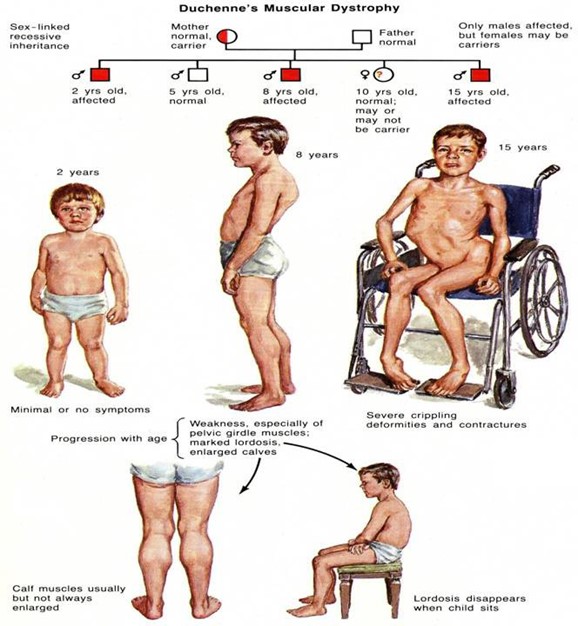Which of the following danger signs of pregnancy should the nurse teach a patient to report promptly?
Nasal congestion.
Edema of face and hands.
Hemorrhoids.
Varicose veins.
The Correct Answer is B
The nurse should teach the patient to report promptly any edema of the face and hands.
Edema of the face and hands can be a sign of preeclampsia, a serious pregnancy complication that can lead to high blood pressure and damage to organs such as the liver and kidneys.
Preeclampsia can be dangerous for both the mother and the baby and requires prompt medical attention.
Choice A is not an answer because nasal congestion is a common symptom during pregnancy and is not considered a danger sign.
Choice C is not an answer because hemorrhoids are also a common symptom during pregnancy and are not considered a danger sign.
Choice D is not an answer because varicose veins are also a common symptom during pregnancy and are not considered a danger sign.
Nursing Test Bank
Naxlex Comprehensive Predictor Exams
Related Questions
Correct Answer is D
Explanation
Difficulty climbing stairs is an early sign of muscular dystrophy.
This is because the condition causes progressive muscle weakness, which can make it difficult for the child to perform physical activities that require muscle strength.

Choice A is not the best answer because high fevers and tiredness are not specific to muscular dystrophy and can be caused by many other conditions.
Choice B is not the best answer because muscular dystrophy causes muscle weakness, not increased muscle strength.
Choice C is not the best answer because respiratory infections and obesity are not specific to muscular dystrophy and can be caused by many other conditions.
Correct Answer is A
Explanation
At 10 months old, infants are typically able to sit steadily without support.
This is a developmental milestone that should be reported to the provider if not met.

Choice B is not an answer because playing peek-a-boo is not a typical milestone for a 10-month-old infant.
Choice C is not an answer because turning pages in a book is not a typical milestone for a 10-month-old infant.
Choice D is not an answer because recognizing objects by name is not a typical milestone for a 10-month-old infant.
Whether you are a student looking to ace your exams or a practicing nurse seeking to enhance your expertise , our nursing education contents will empower you with the confidence and competence to make a difference in the lives of patients and become a respected leader in the healthcare field.
Visit Naxlex, invest in your future and unlock endless possibilities with our unparalleled nursing education contents today
Report Wrong Answer on the Current Question
Do you disagree with the answer? If yes, what is your expected answer? Explain.
Kindly be descriptive with the issue you are facing.
